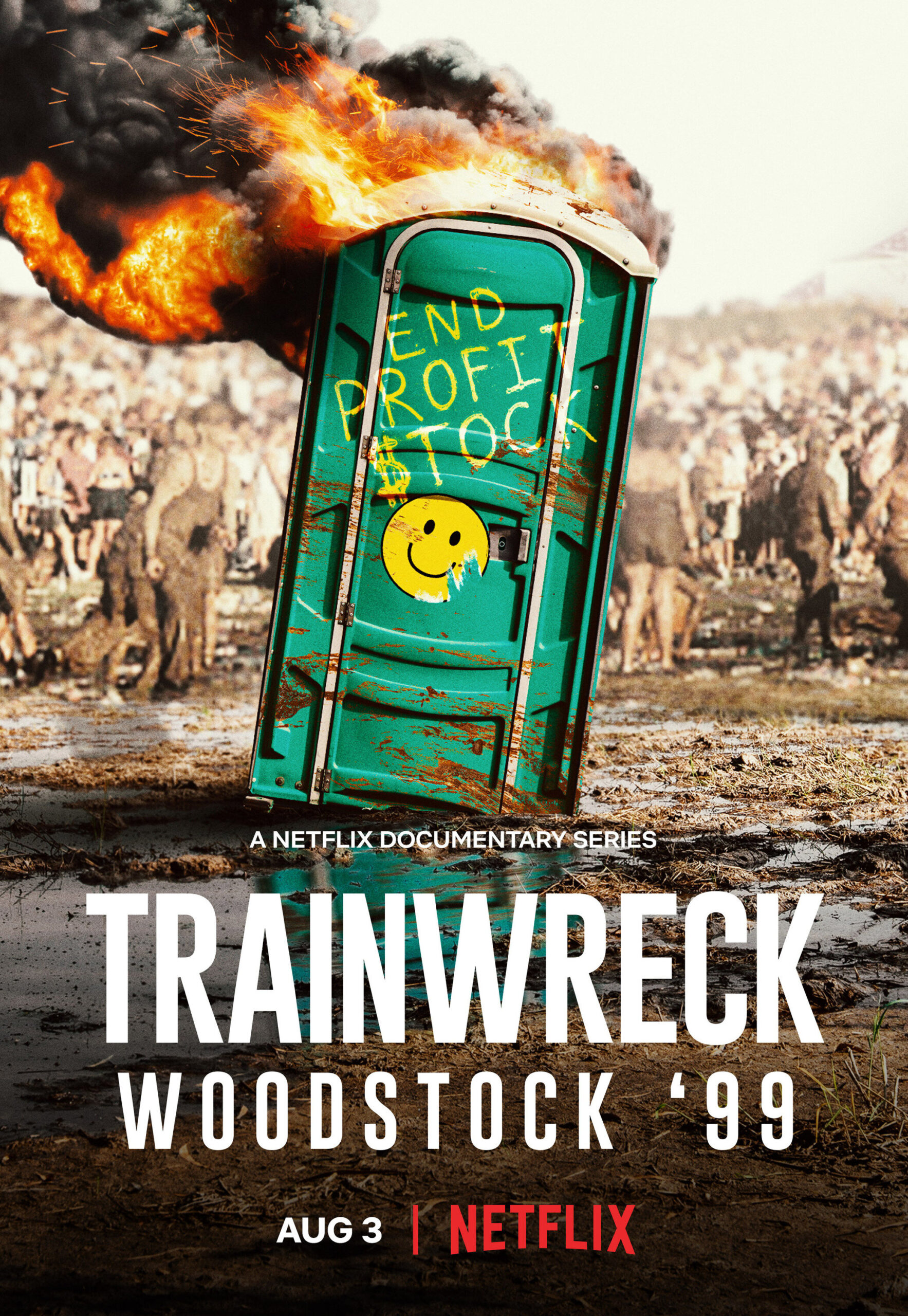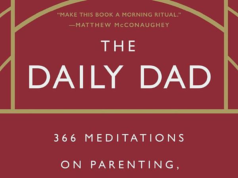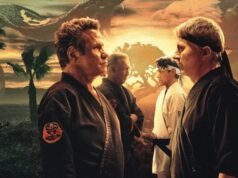A brisk and often horrifying watch, Trainwreck is effective at ramping up the tension and building a sense of dread and impending disaster.
Each episode follows a day of the festival, from an optimistic start on Friday through to the apocalyptic scenes in the early hours of Monday morning, using a ticking clock to count down to each fresh catastrophe.
From the start, its organisers freely admit that their intention was to make as much money as they could. In 1994, there had been another Woodstock revival, but the fences were breached and it didn’t turn a profit. By the time the 1999 event was pulled together, an eight-mile perimeter fence was erected around a decommissioned airbase, many of the crucial infrastructure tasks had been cheaply outsourced, and independent food and drink vendors were allowed to charge as much as they wanted for water and sustenance. It was hot, there was minimal shade and 250,000 punters grew increasingly irate.
There were omens of an ill-tempered weekend from the start. The crowd was by many accounts and from the plentiful footage of the time macho and aggressive, a “frat boy” culture dominating the event. There are obvious villains here, though their shocking lack of self-awareness makes it debatable whether they would see themselves that way. There is a lot of finger-pointing and blame-shifting, from one organiser to another, from the organisers to the crowd, from the crowd to the organisers. Was it the fault of the nu-metal acts who stirred everyone up, or the bookers who didn’t vary the tempo of the acts on the stage? Was it the kids who interpreted those old 60s notions of free love as a licence to maraud, or the profiteering managers who failed to provide even the most basic infrastructure that might have placated 250,000 “high as balls” attenders? Was it the culture, or the environment? Was it greed, or naivety?
This is where Trainwreck, though largely enthralling, reaches its limits. It does an impeccable job of laying out the story, but doesn’t venture far below the surface. As Fatboy Slim’s set in the rave hangar ends under hideous circumstances, and he, like many other acts, gets out of there as quickly as he possibly can, you can feel the fear and the nascent panic. By the end, it is like a disaster movie. But surely there is more to be explored than that. The biggest questions are why it turned, and why in such a particular and grotesque way. Why did a music festival that was meant to stand as a statement against gun violence, in the aftermath of the Columbine school shooting, collapse into such violence and misogyny? In the end, it doesn’t have the heart to go there in any depth, following the adrenaline-inducing spectacle of the fires and the riots instead.
One of the few light moments here comes from one of the festival’s attenders, Heather, who was 14 at the time. She says that now, at least, “we don’t accept what happened any more … I’m glad that my daughters will never have to see that and think that is just the way it is.”
It’s interesting to revisit 1999, to look at the crackly VHS footage and say “What did it all mean?”, especially in the context of the decade that came next. Trainwreck: Woodstock ‘99 doesn’t dig all the way into those larger questions. But it does offer a primer, and its share of insights.
Click the link below to watch the trailer.





